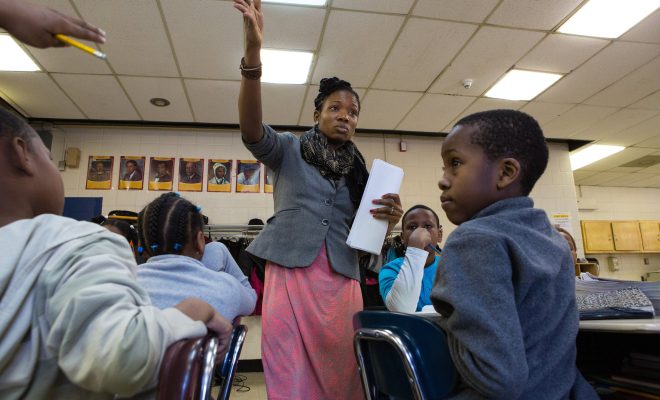Activities to Teach Students to Identify Halves, Thirds, and Fourths

As students progress through elementary school, they will learn more about fractions. This includes fractions like halves, thirds, and fourths. Identifying these fractions can be difficult for some students, so it is important to provide them with activities that help them practice.
1. Use Visual Aids:
Visual aids are a great way to help students understand fractions. Teachers can use pictures, pie charts or bar diagrams to visually represent the fractions of halves, thirds, and fourths. For example, for halves, a teacher can use a picture of a pizza that has been divided into two equal halves.
2. Fraction Drawing:
An activity that students can do to practice fractions is to draw pictures of objects and divide them into halves, thirds, and fourths. To do this activity, teachers can provide the students with an object like a pizza or a cake and ask them to draw how the objects would look like if cut in half, thirds or fourths.
3. Fraction Sorting:
Teachers can also use objects to help students practice fractions. For example, cubes or blocks can be used to help students learn about halves, thirds, and fourths. To do this activity, students can sort the cubes into piles of halves, thirds, and fourths.
4. Fraction Tic-Tac-Toe:
To play Fraction Tic-Tac-Toe, create a game board with 9 squares. Students will then take turns placing either a half, third, or fourth into a square. The goal is to get three in a row. This game helps students practice identifying fractions and also helps with critical thinking and strategy.
5. Fraction Bingo:
Bingo is a great way to make learning about fractions fun. The teacher creates bingo cards with fractions on them and the students mark the fractions on their card as they are called out. The first student to get a straight line of marked fractions wins.
Identifying halves, thirds, and fourths can be challenging for students. But with the activities mentioned above, students can practice and learn to identify these fractions. These activities are not only fun and engaging but also help build critical thinking skills that can be applied to other areas of math. With consistent practice and creativity, students can become confident in their understanding of fractions.



